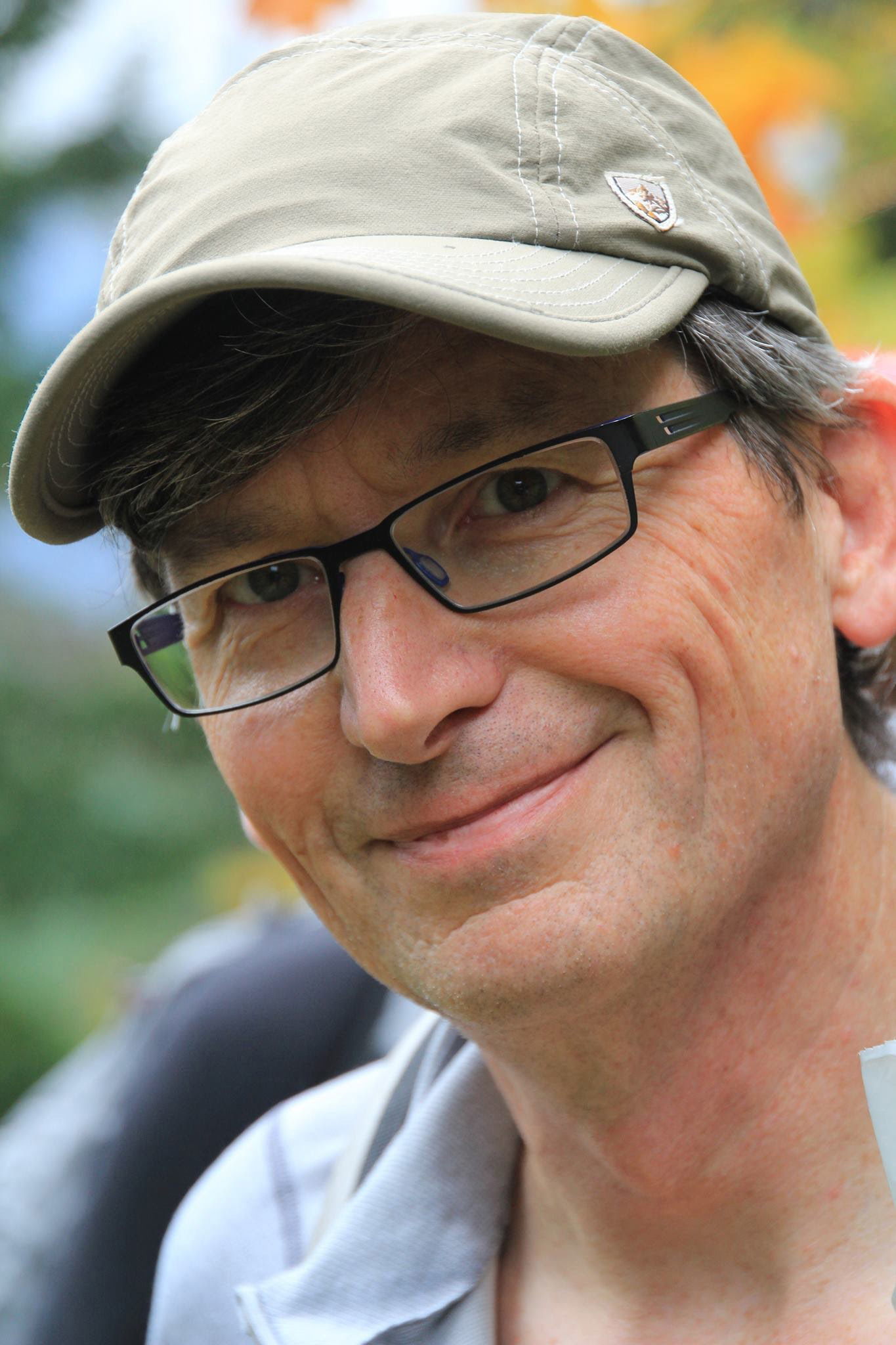Steve McClure wants to change the way wilderness wanderers think about navigation tools.
McClure, 57, has been hiking, climbing and scrambling since he took his first trip to Mount Rainier’s Klapatche Park as a child in the 1960s. Navigation piqued his interest from the start.
“To be out in the wild and find your way there and back is very empowering,” McClure said.
While map and compass skills are important, McClure says backcountry travelers should also embrace modern tools such as GPS and electronic maps.
McClure is a partner at a Seattle management consulting company and is treasurer for The Mountaineers. He is helping write the 10th edition of the organization’s famous “The Freedom of the Hills.” The book is due out in 2017, and McClure says to expect new recommendations for navigation.
McClure has given several presentations on the subject in recent years and says feedback has been positive.
We tracked down McClure following one of these presentation and asked him a few questions:
Q: What navigation tools should people take with them?
A: A map, a compass, an altimeter, cellphone GPS and satellite communication (a personal locator beacon or satellite phone).
Q: What about learning how to use these things?
A: Nobody is teaching the whole set. We (The Mountaineers) teach map, compass and altimeter with the basics of GPS. … We are moving forward to incorporate these things. I think we need a course that covers all these tools. The closest that I know of is our wilderness navigation course. And we have a GPS course. … We are launching e-learning, where you can learn about navigation online.
Q: Can you rely too much on technology?
A: One of the things I want to bring in is the military term of situational awareness. You know when you are driving with somebody else, your brain can shut off and you stop updating your mental map, you can get completely lost and turned around. If you are not actively engaged, and your brain isn’t updating your mental map, you are lost.
The same thing happens when you are staring at a little screen. You lose situational awareness. So, I’m trying to advocate folks use all these tools, not just as backup. If you are moving through the surroundings and your GPS says you’re here, if that’s true you should be at 5,000 feet. Then you look at your altimeter, “Oh my goodness, I am not.” And then you sort it out.
It’s also a way to keep your brain engaged.
Q: Why are you so interested in wilderness navigation?
A: Navigation instruction is stuck in a rut. We continue to teach that navigation means a map and a compass. It’s heresy to say it out loud, but compasses just aren’t that useful. Most experienced wilderness wanderers I know rarely take their compass out of their pack. Conditions have to be ideal to determine location with a compass, and if it’s foggy, or perhaps dark, forget it.
The map and compass paradigm ignores the awesome new tools: altimeters, cellphone GPS and personal locator beacons. Altimeters have been ignored for so long, I think, out of habit. Early altimeters with 19 jewels and Swiss-made movements were price-prohibitive and thus weren’t included in either navigation courses or the 10 Essentials. GPS in many folks’ minds still means a $400 impossible-to-use Garmin. Most still mistakenly believe that cellphones need cell towers to navigate. And personal locator beacons get summarily dismissed from the category since they’re “not really a navigation tool.”
So, three things have happened, almost at once, and we have fallen behind. Altimeters have become reliable and cheap. A $30 Casio or a free cellphone app work perfectly well. The cellphone that’s already in everyone’s pocket knows perfectly well where it is outside of cell tower range. And since 2012, when they all started using the Russian GLONASS and American GPS satellites, they are almost ridiculously accurate. Easy-to-use apps, such as Gaia GPS, combined with worldwide free maps, really seal the deal. And now that personal locator beacons are available and reliable, I believe it’s unconscionable to take folks into the backcountry without one.
And the challenge now? To teach folks how to use the full suite of modern navigation tools all together to safely get there and back again.
Talk to us
> Give us your news tips.
> Send us a letter to the editor.
> More Herald contact information.

























